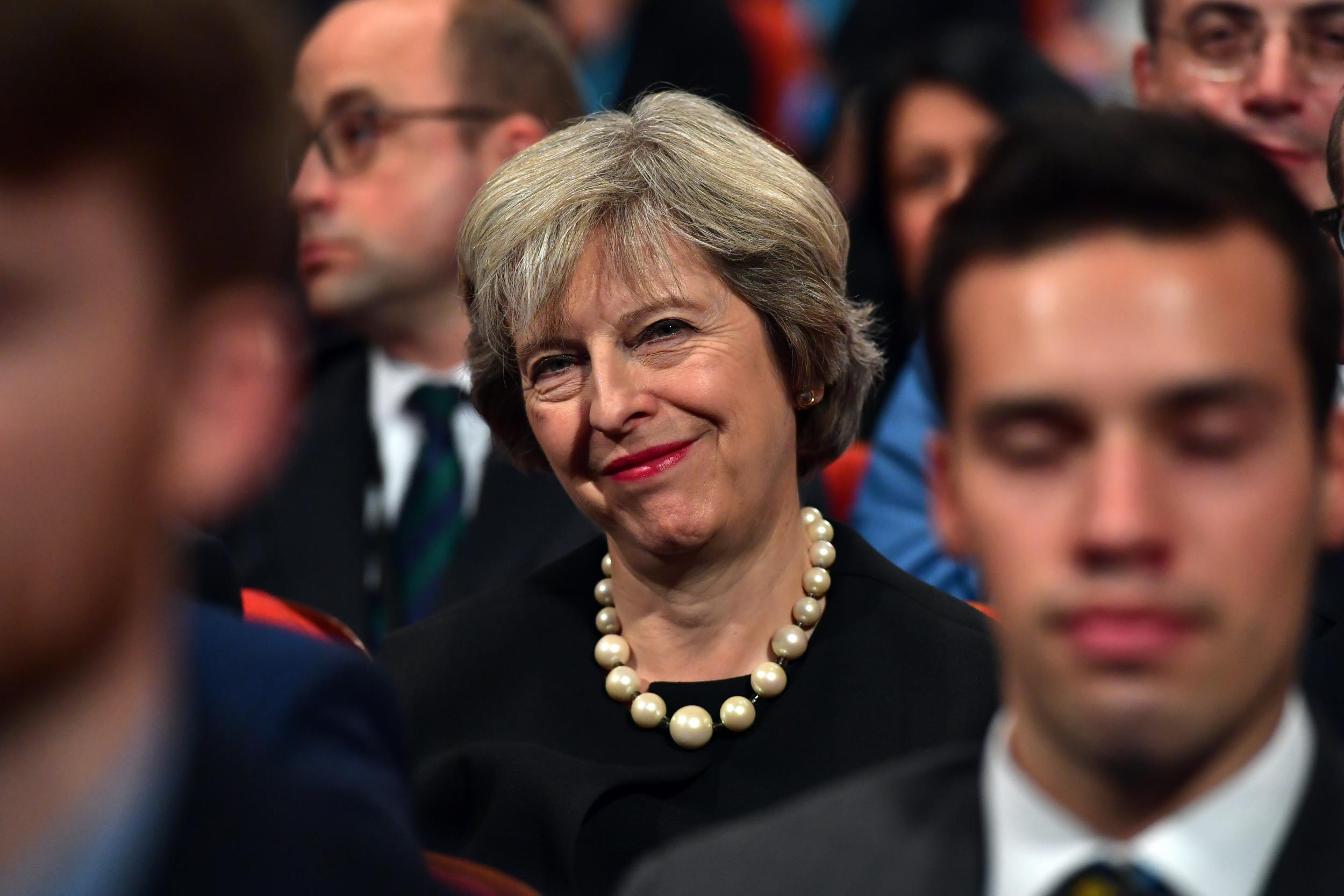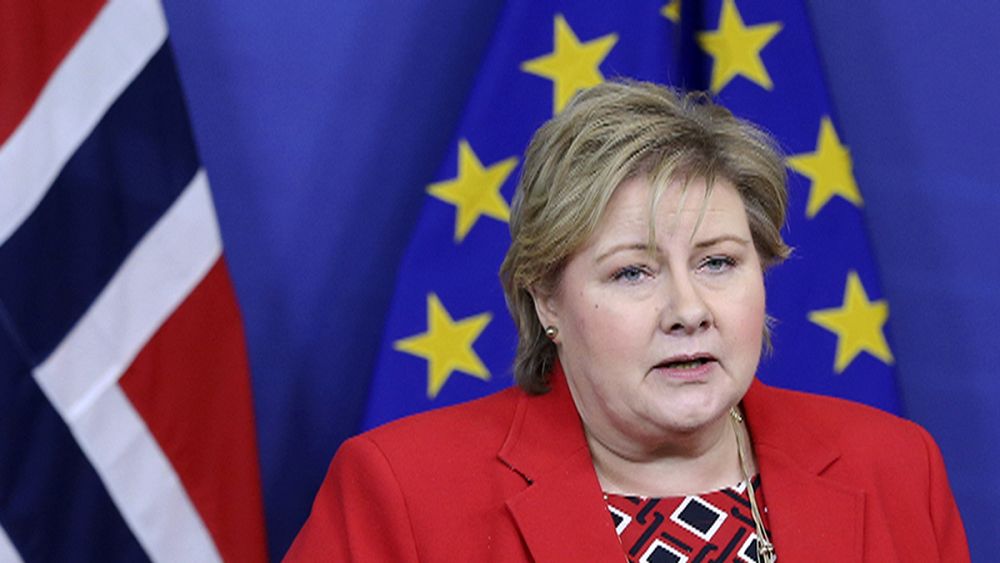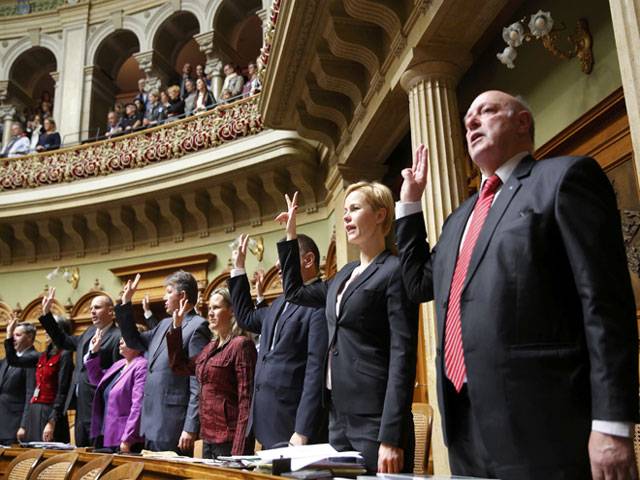Everyone agree, possibly except PM May, that no deal is a bad deal. Corbyn is railing on the Tories about this and people are wondering if it’s falling on deaf ears. The Norway Model, the Switzerland Model or something else? What would the various options being touted for the UK’s future relationship with the EU mean for London, and is no deal really better than a bad deal?
No Deal
 If no agreement was reached between the EU and the UK there would be immediate and visible consequences for London. Financial services in the City would lose passport rights, the right of a firm registered in a country in the European Economic Area to operate throughout the EEA without needing further authorisation from other countries. It is a crucial asset of firms in the City and losing it would cause the market to panic.
If no agreement was reached between the EU and the UK there would be immediate and visible consequences for London. Financial services in the City would lose passport rights, the right of a firm registered in a country in the European Economic Area to operate throughout the EEA without needing further authorisation from other countries. It is a crucial asset of firms in the City and losing it would cause the market to panic.
Planes would be stuck on the tarmac at Heathrow, as the UK would lose its participation in the Open Skies agreement allowing planes to fly within the EU and to the USA. An immediate hard border would come into operation along the Irish border, severely testing the DUP’s support for Theresa May’s government.
No deal means no certainty. No deal is the worst deal for London.
A year on from the referendum, the future of the EU-UK relationship is still unclear. The Brexiteers’ promise of being able to cherry-pick perks of EU membership without having the responsibility of membership is quickly disintegrating. Any of the roads ahead has pitfalls but it is clear that the harder the Brexit, the worse it will be for London.
The Norway Model
 Norway is not a member of the EU but it is in the European Economic Area. This gives the Norwegians access to the single market but means they have to follow most of the EU’s rules about the workings of the single market. Norway does have exceptions to EU rules, particularly in areas such as agriculture and fisheries. Furthermore, by not being a member of the customs union, Norway is free to strike trade deals with non-EU countries, something Theresa May’s minority government is very keen to achieve. There are two major drawbacks to the Norwegian model.
Norway is not a member of the EU but it is in the European Economic Area. This gives the Norwegians access to the single market but means they have to follow most of the EU’s rules about the workings of the single market. Norway does have exceptions to EU rules, particularly in areas such as agriculture and fisheries. Furthermore, by not being a member of the customs union, Norway is free to strike trade deals with non-EU countries, something Theresa May’s minority government is very keen to achieve. There are two major drawbacks to the Norwegian model.
Firstly, it would leave the UK with a lot to pay but little say. Norway has no direct representation in EU institutions so it has little influence over shared regulation. According to the think tank Open Europe, the Norway model would see the UK paying £31.4 billion a year (94.3% of its current cost of EU membership), despite not having a vote on its rules. Another reason why this model seems dubious for the UK is that it requires the UK accepting the freedom of movement for EU and UK citizens, which seems to be a no-go zone for Theresa May.
Apart from the need to pay an entry fee and allow open immigration from the EU, this option would allow London to largely function as usual, with access to the single market for the City and the capital remaining an open hub of Europe.
The Switzerland model
 The Swiss relationship with the EU followed intense negotiations so it might give some indication of the road ahead. The first round of sectoral agreements between Switzerland and the EU took six years to negotiate, which doesn’t bode well for the UK’s two-year deadline.
The Swiss relationship with the EU followed intense negotiations so it might give some indication of the road ahead. The first round of sectoral agreements between Switzerland and the EU took six years to negotiate, which doesn’t bode well for the UK’s two-year deadline.
Based on years of bilateral agreements, the Switzerland model allows for selective access to the single market, which means that they must abide by EU laws in some areas in order to facilitate trade.
These deals do involve the need for freedom of movement but recent moves to restrict free movement in Switzerland have led to tension with the EU and endangered all 120 agreements between Bern and Brussels.
This option is unique because of its patchwork nature and would leave London with years of uncertainty.
by Thomas Chambers
The post Brexit: No Deal is Bad So Which Model Can Work? appeared first on Felix Magazine.
No comments:
Post a Comment